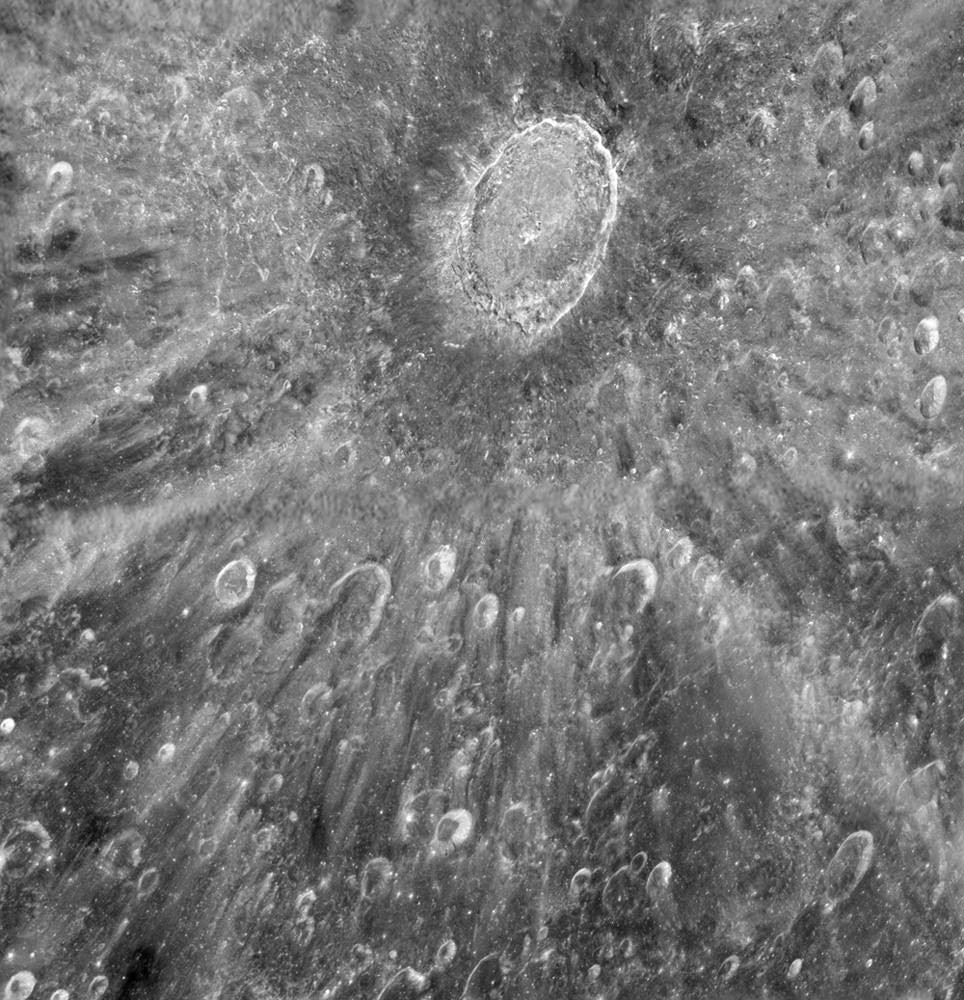[/caption]
Venus moving across the face of the Sun, from our vantage point here on Earth, is such a rare event, that astronomers and observatories around the world have been preparing for this year's Venus Transit, on June 5-6. And one observatory that is literally "around the world," – the Hubble Space Telescope -- is even planning to make observations of this transit event. What, you say? The Hubble telescope can't look at the Sun – it would fry every component on board! Hubble scientists are being pretty sneaky, if not resourceful so they too can join in the observations.
Since Hubble can't look at the Sun directly, astronomers are planning to point the telescope at the Moon, using it as a mirror to capture reflected sunlight and isolate the small fraction of the light that passes through Venus's atmosphere. Imprinted on that small amount of light are the fingerprints of the planet's atmospheric makeup.
Scientists say these observations will mimic a technique that is already being used to sample the atmospheres of giant planets outside our solar system passing in front of their stars. In the case of the Venus transit observations, astronomers already know the chemical makeup of Venus's atmosphere, and that it does not show signs of life on the planet. But the Venus transit will be used to test whether this technique will have a chance of detecting the very faint fingerprints of an Earth-like planet, even one that might be habitable for life, outside our solar system that similarly transits its own star.
Venus is an excellent stand in for Earth because of how similar in size and mass it is to our planet.
Several different instruments on Hubble will be used in this special observation. The Advanced Camera for Surveys, Wide Field Camera 3, and Space Telescope Imaging Spectrograph, to view the transit in a range of wavelengths, from ultraviolet to near-infrared light. During the transit, Hubble will snap images and perform spectroscopy, dividing the sunlight into its constituent colors, which could yield information about the makeup of Venus's atmosphere.
Hubble will observe the Moon for seven hours, before, during, and after the transit so the astronomers can compare the data. Astronomers need the long observation because they are looking for extremely faint spectral signatures. Only 1/100,000th of the sunlight will filter through Venus's atmosphere and be reflected off the Moon.
Because the astronomers only have one shot at observing the transit, they had to carefully plan how the study would be carried out. Part of their planning included the test observations of the Moon, such as when they took the top image of Tycho Crater.
Hubble will need to be locked onto the same location on the Moon for more than seven hours, the transit's duration. For roughly 40 minutes of each 96-minute orbit of Hubble around the Earth, the Earth occults Hubble's view of the Moon. So, during the test observations, the astronomers wanted to make sure they could point Hubble to precisely the same target area.
This is the last time this century sky watchers can view Venus passing in front of the Sun. The next transit won't happen until 2117. Venus transits occur in pairs, separated by eight years. The last event was witnessed in 2004.
Find more on how you can observe the Venus transit for yourself in
this article by Tammy Plotner.
Source:
HubbleSite
 Universe Today
Universe Today
